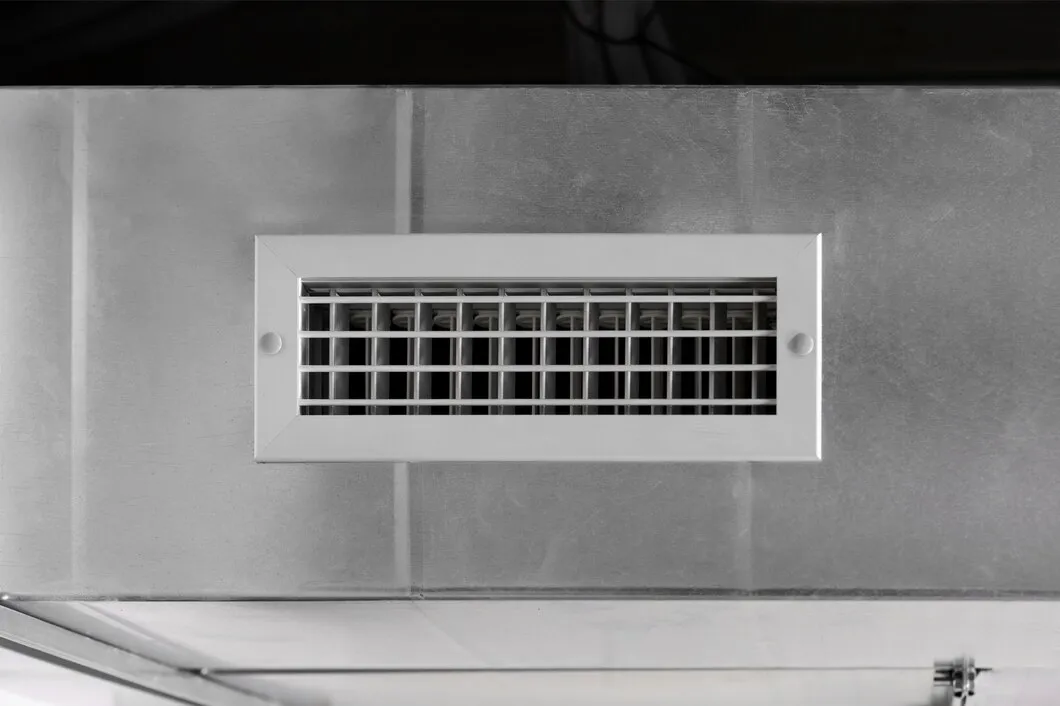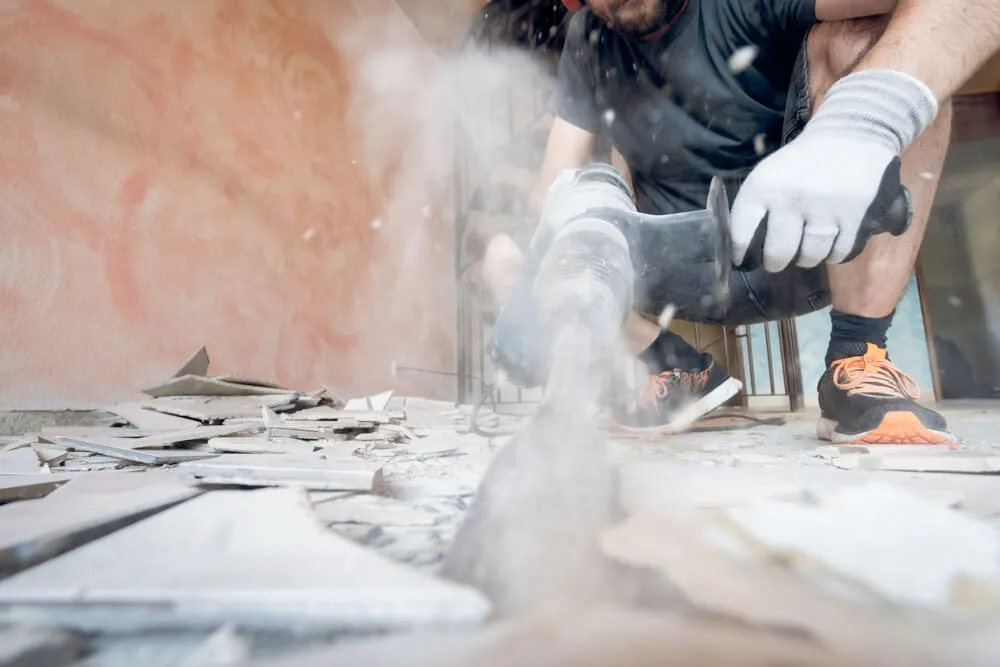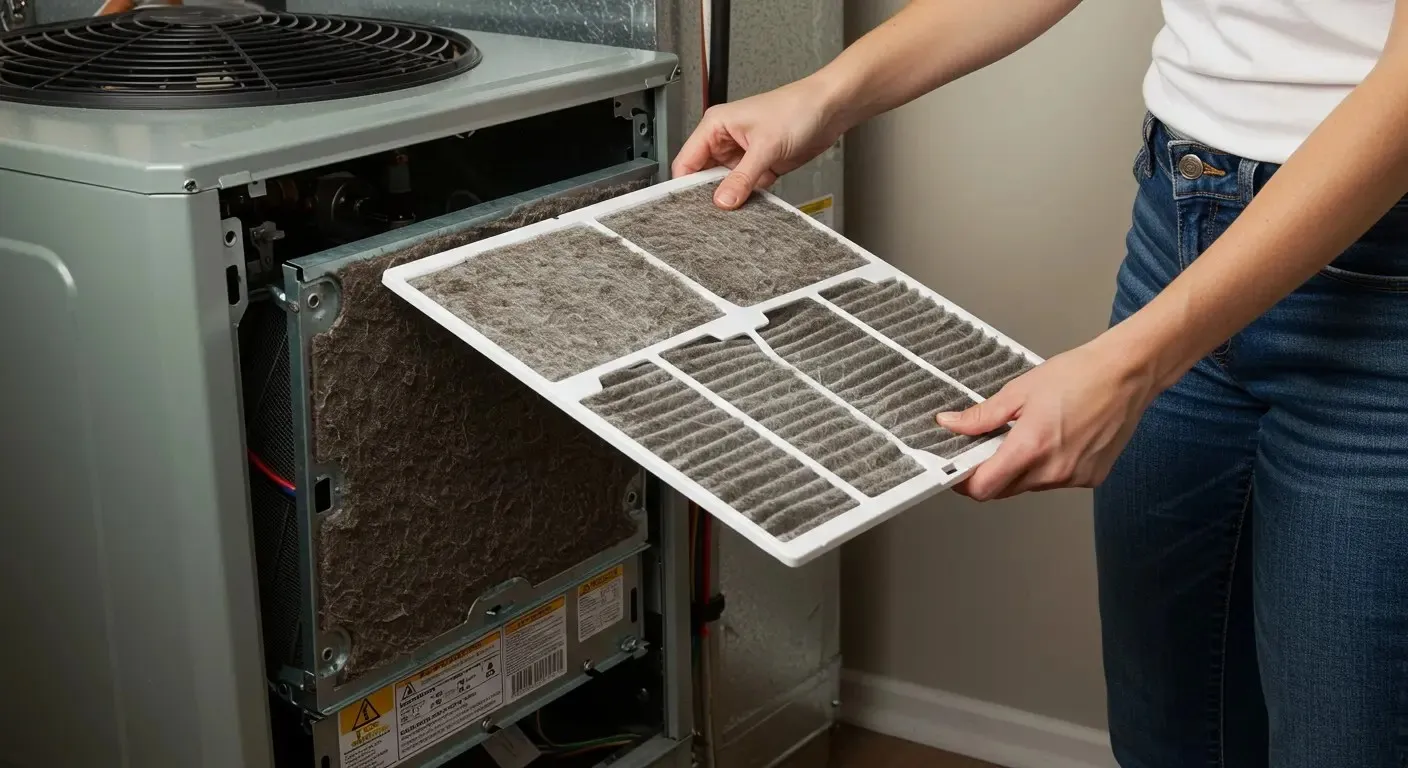
Attics aren’t the most comfortable or easiest spaces to crawl through. But when you need your old, contaminated attic insulation removed, you’ve got very little choice in the matter. You need to take out your ductwork insulation and replace it.
Superior Air Duct in New Brighton, PA., is here to help. Here are some quick tips when it comes to do-it-yourself insulation removal.
The Effects Of Damaged Ductwork Insulation
Damaged air duct insulation compromises your home’s energy efficiency, puts more pressure on your HVAC to work harder, and increases your monthly utility bill. If it's contaminated, not only is your house energy inefficient, but your indoor air quality is poor, impacting your health.
Residential ductwork insulation can get compromised in all sorts of ways, be it via invasive pests laying nests and making tears to your ductwork, water damage from a leak or compromised area of the house, or mold and asbestos accumulation.
Related Post: What Can Collect in Your Ducts
Before You Start — Don’t: Call A Duct Cleaning Company
Rather than doing it yourself, it’s advised that you hire a professional contractor to take care of removing your insulation. Trained, experienced ductwork cleaning specialists will have the right PPE and commercial tools to get the job done right the first time.
Hazardous Types Of Insulation to Avoid
It's risky and potentially hazardous to your health to remove insulation by yourself. It's best to let a professional take on the risk for you. There could be mold from a water leak or toxic droppings from a pest infestation.
You'll also want a professional duct cleaning technician to deal with the following types of insulation.
- Vermiculite: Get it removed by asbestos abatement professionals. You'll need to seal off the area since normal removal methods release dangerous spores that become airborne in your whole home.
- Cellulose: Older cellulose can pose a fire hazard.
- Balsamic Wool: It's known to contain carcinogens (substances that cause cancer formation).
The benefits Of hiring A company For Insulation Removal Are Clear:
- Save time
- Get security and peace of mind knowing it’s been done correctly
- Mitigate health risks (contaminants, rodents, and more)
- Save long-term expenses
How Much Does Attic Insulation Removal Cost?
The average price is $1 to $2 per square foot, but can range upward depending on the extent of the damage, or the presence of hazardous substances that may require sectioning off part of the house. By-hand removal will cost more since it's more time-consuming than using a vacuum. Not only does the type of insulation impact costs, but your attic may be too small to fit the vacuum, requiring insulation removal by hand.
Signs Your Attic Insulation Needs Replacing
- Crumbling insulation due to aging or damage.
- Moisture or visible water damage.
- Mold (black spots or streaks on insulation).
- Animal waste, droplets, urine, gnaw marks, or tunneling.
Preparing For Attic Insulation Removal
- Clear out any boxes, items, or objects taking up space in your attic. This way, you won’t risk contaminating any of your items, and you’ll have an easier time navigating the attic.
- Create a clear path from your attic to your front door and the dumpster. You’ll want to cover the floors and walls along the pathway with masking tape.
- Gather all of the necessary gear and stage it near your garage, lawn, or driveway. You’ll want all of your gear in an easy-to-access location.
Precautions: Navigating The Attic Crawl Space
- Wear a hard hat. Nails and hard-edged wooden pieces often protrude through the roof.
- Use a work light, hanging flashlight, or headlight attached to your hardhat. Attics aren’t the best-lit spaces in a home.
- Step only on the floor joists. The drywall on the floor might not support your weight. Add some 3” plywood to better support your body weight.
- Wear rubber-coated work gloves to protect your hands and a face mask to protect your lungs from any dust.
- Wear some anti-fog protective eyewear (goggles).
- Spray foam insulation is hazardous and irritating to the skin. Wear full-body protective clothing to avoid contaminants getting right on your skin.
Examine The Type Of Duct Insulation
First, take a look at the type of insulation in your attic’s ductwork. The four most common are loose-fill, roll insulation, reflective and radiant barriers (aluminum-looking and common in attics), and foam-in-place insulation (great for blocking outside air and noise).
- Loose-Fill Cellulose Insulation: It’s very common in attics and known as “blown-in” insulation, which comes in a brown or gray color and crumbles apart when you grab it. You’ll need an industrial hose to suction up this insulation. It's often made of cellulose or fiberglass (which is often recyclable).

- Blanket Insulation: Referred to as Batt and Roll insulation, it's often pink or yellow in color and comes in a thick 4-inch to 12-inch mat of material that, due to its rigid structure, you can easily roll up and put into a waste bin. It's usually made of fiberglass, rock wool or flex fibers.

Tools and Equipment You’ll Need for Insulation Removal
- 23 horsepower commercial grade insulation removal vacuum (you can purchase or rent a large capacity vacuum from a commercial equipment rental facility).
- 150-foot (4”-10”) vacuum hostess, metal hose connector, and industrial vacuum bags to put the damaged insulation into.
- Ladder. You’ll want it between six and 10 feet.
- Floor and wall coverings and masking tape to hold them up.
- A large trash bin or dumpster.
- Get rakes, dustpans, and a HEPA-filtered shop vac as an alternative to a commercial-grade insulation removal vacuum.
5-Step Process to Remove Duct Insulation
- Put on your protective gear.
- Get someone to help monitor your commercial-grade insulation vacuum.
- Climb into the attic and begin suctioning out the loose insulation (for rigid insulation, just roll it up and place it into your waste bin).
- Use rakes and dustpans to clear any loose debris.
- Dispose of the old, damaged insulation in the dumpster.
Contact Superior Air Duct for Insulation Removal Services
Want to avoid the hassle of a DIY attic insulation removal? We don’t blame you. Contact Superior Air Duct today for a free quote on our removal and installation services for either our Eastern Ohio or Western Pennsylvania locations.

Customer Reviews





Addressing Excessive Dust in Your Coraopolis Office Building

What Whistling Sounds from Your Wexford Vents Indicate

Combating Summer Humidity with Clean Air Ducts in Youngstown

Troubleshooting Burning Smells from Your Ellwood City Dryer Vent

How Restaurant Duct Contamination Affects Food Quality in Cranberry Township

Addressing Musty Odors from Your Canfield Air Ducts

Why Your Air Ducts in Wexford Are Making Popping Sounds

The Hidden Dangers of Lint Buildup in Youngstown Dryer Vents

Why Your Energy Bills Rise with Dirty Vents

Solving Common Dryer Performance Issues in Austintown

Fixing Uneven Airflow Problems in Wexford Homes

Why Your Austintown Dryer Is Overheating: Vent Obstruction Signs

What Makes Professional Duct Cleaning Different in Youngstown

Managing Spring Allergies with Clean Air Ducts

Slow-Drying Clothes: A Sign Your Dryer Vent Needs Attention

Signs of Animal Nesting in Your Ellwood City Dryer Vent

How Poor Duct Maintenance Affects Your Canfield Home

Removing Pet Dander from Your Home's Air Ducts

Common Causes of Air Duct Leaks in Older Homes

Why Dust Keeps Appearing in Your Coraopolis Home

How Dirty Ducts Impact Your Business Operations

Why Your Gibsonia Dryer Takes Longer to Dry Clothes

How Often Should Wexford Homeowners Clean Their Ductwork

Warning Signs Your Dryer Is Not Venting Properly

Black Spots in Air Vents: Addressing Mold Growth Problems

What Happens During a Professional Ductwork Inspection in Mars

Spring Cleaning Your Air Ducts: What You Need to Know

The Link Between Breathing Problems and Dirty Air Ducts

Health Benefits of Clean Air Ducts for New Castle Residents

How to Spot Dryer Vent Blockages in Your Youngstown Home

Air Quality Issues in Office Buildings: When to Clean Commercial Ducts

Common Air Quality Problems That Duct Cleaning Solves in Wexford

Strange Noises from Your Dryer Vent: What They Mean

What Air Pollutants Can Professional Duct Cleaning Remove in Canfield

How Clogged Dryer Vents Increase Fire Risk in Sewickley Homes

Understanding the Benefits of Professional Dryer Vent Cleaning

How Air Duct Cleaning Can Improve Your HVAC System Efficiency

Why Regular Duct Cleaning is Essential for Home Air Quality

The Necessity of Commercial Duct Cleaning Explained

Duct Disinfecting & Deodorizing

Preventing Home Hazards with Our Dryer Vent Cleaning Services

How Air Duct Cleaning Boosts Indoor Air Quality

Understanding the Role of a Duct Cleaning Company in Home Maintenance

Why You Need Our Skilled Duct Cleaning Professionals

The Steps Our Technicians Follow in Ductwork Cleaning

Benefits of Whole House Sanitizing for Healthier Living

Why Dryer Vent Cleaning is Important for Home Safety

Whole House Sanitizing: Keeping Your Home Safe and Clean

When to Schedule Air Duct Cleaning for Optimal Performance

Dryer Vent Cleaning: Essential for Preventing Fires

The Impact of Commercial Duct Cleaning on Workplace Health

How Air Duct Cleaning Enhances Your Home's Atmosphere

Whole House Sanitizing: Ensuring a Healthier Living Space

Preventing Risks with Our Dryer Vent Cleaning Services

How to Know When Your Home Needs Our Duct Cleaning Services

Essential Reasons for Scheduling Air Duct Cleaning Today

Prevent Fire Hazards with Professional Dryer Vent Cleaning

Understanding the Importance of Air Duct Cleaning Services

How Professional Dryer Vent Cleaning Prevents Home Fires

The Importance of Regular Dryer Vent Cleaning for Home Safety and Efficiency

The Process and Benefits of Thorough Ductwork Cleaning

The Benefits of Air Duct Cleaning Services for Your Home

The Benefits of Commercial Duct Cleaning for Your Business

Understanding the Difference Between Residential and Commercial Duct Cleaning Services

Guard Against Germs: The Advantages of Whole-House Sanitizing Services

The Impact of Residential Duct Cleaning on Indoor Air Quality and Overall Health

Enhancing Workspace Health: The Benefits of Routine Commercial Duct Cleaning

How Regular Duct Cleaning Can Impact Your Home’s Energy Efficiency

Strategies to Maintain Air Purity in Large Workspaces Through Commercial Duct Cleaning

Comprehensive Guide to Reducing Allergens with Professional Duct Cleaning Techniques

Freshen Your Space: Professional Duct Disinfecting and Deodorizing Explained

Maximize Home Air Quality with Professional Residential Duct Cleaning

Experience Superior Whole-Home Disinfection Services for a Cleaner, Healthier Environment

Importance of Regular Dryer Vent Cleaning for Safety and Efficiency

Commercial Duct Cleaning: An Investment In Your Business' Health And Success

How To Prevent Mold Growth In Your Air Ducts: Expert Tips For A Healthier Home

Is Mold Always Visible?

The Most Common Questions About Dryer Vent Cleaning: Answers From the Experts

The Ultimate Guide To Residential Air Duct Cleaning: Enhance Your Home's Air Quality

How Often Should You Clean Your Air Ducts?

Managing Pet Ordors Dender

What Does An Air Duct Inspection Include?

How to Choose a Duct Cleaning Company: 10 Questions to Ask

4 Ways Your Dirty Air Ducts Are Costing You Money

Top Benefits Of Air Duct Cleaning For Universities & Schools

A Guide To Air Duct Cleaning Equipment

Is Sanitizing Air Ducts Worth The Money?

4 Dangerous Warning Signs Your Dryer Vent Is Clogged

Easy Ways To Keep Your Home Mold Free

How Whole Home Sanitization Staves Off Fall Allergies

DIY Guide To Attic Insulation Removal: Tips And Tricks
.webp)
5 Must-Know Facts Before Buying Air Duct Cleaning Services

Air Duct Cleaning Tips After Home Renovation Or Construction

Natural Home Deodorizing Tips To Kill Bad Odors

Superior Air Duct Covers the Top Air Duct Cleaning Scams to Avoid

How Long Will A Dryer Last?

What Causes Humidity In Air Ducts?

The Path To Becoming A Certified Dryer Exhaust Technician, Superior Air Duct

The Process To Obtaining An Air Duct Cleaning License





